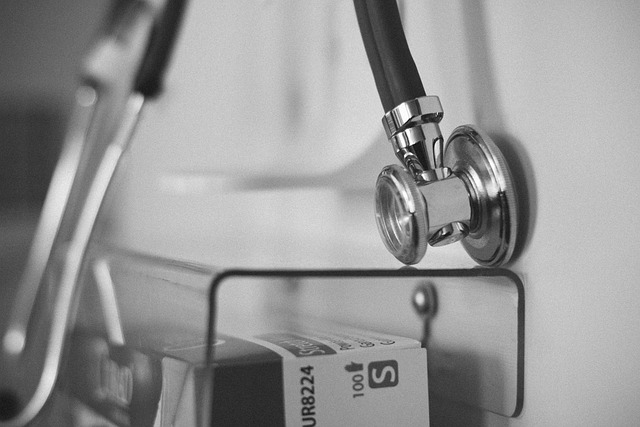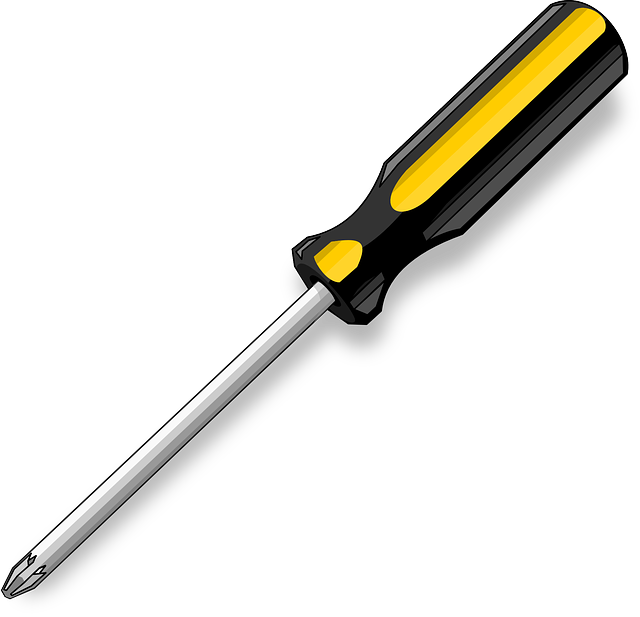Automate diagnostics using advanced algorithms, machine learning, and tools like home testers, remote monitoring devices, and mHealth apps to enhance accuracy and reduce diagnosis time. When selecting diagnostic tools, evaluate your facility's needs, consider specialty-specific tools, assess ease of use, system integration, and data security, and explore remote patient monitoring for early anomaly detection. Implement these tools through a strategic process that includes choosing specialized equipment, training staff, integrating with records systems, and regular testing to ensure accuracy and stay updated on technological advancements.
In today’s digital landscape, automating diagnostic routines is revolutionizing industries. This article explores the benefits and diverse applications of automated diagnostics, from enhancing efficiency in healthcare to optimizing manufacturing processes. We guide you through the process of selecting the right diagnostic tools tailored to your specific needs, offering a step-by-step approach to implementation. Discover how automation can transform your operations, ensuring faster, more accurate results without compromising quality.
- Understanding Automate Diagnostic Routines: Benefits and Applications
- Selecting the Right Diagnostic Tools for Your Needs
- Implementing Automated Diagnostics: A Step-by-Step Guide
Understanding Automate Diagnostic Routines: Benefits and Applications

Automate diagnostic routines leverage technology to streamline and enhance traditional diagnostic processes. By integrating advanced algorithms and machine learning capabilities, these systems can analyze vast amounts of patient data more efficiently than manual methods. This not only improves accuracy but also reduces the time required for diagnosis.
The benefits are far-reaching, particularly in healthcare settings where timely and precise diagnoses are critical. Automate routines enable medical professionals to select the most appropriate diagnostic tools from a suite of available options, including home-use diagnostic testers, remote patient monitoring devices, and mobile health (mHealth) apps. These applications cater to diverse scenarios, from tracking basic vital signs at home to facilitating advanced imaging analyses remotely, thereby improving patient outcomes and overall healthcare management.
Selecting the Right Diagnostic Tools for Your Needs

When it comes to automating diagnostic routines, selecting the right diagnostic tools is paramount. The first step involves evaluating your specific needs and the nature of the diagnostics required. Different tools cater to various specialties; for instance, veterinary clinical assessment tools are designed to support animal healthcare while online health assessment platforms focus on human medicine. Consider factors such as ease of use, integration capabilities with existing systems, and data security measures.
Moreover, exploring the potential of remote patient monitoring devices can be beneficial for automated diagnostic processes. These devices enable continuous tracking of vital signs and patient status, allowing for early detection of anomalies that might require further investigation. By choosing tools aligned with your goals and workflow, you can streamline diagnostic procedures, enhance efficiency, and ultimately improve patient outcomes.
Implementing Automated Diagnostics: A Step-by-Step Guide

Implementing Automated Diagnostics: A Step-by-Step Guide begins with selecting the right diagnostic tools. This involves an assessment of your medical facility’s specific needs and existing infrastructure. For instance, otolaryngology clinics might opt for specialized otolaryngology screening equipment while renal units require robust renal monitoring systems. The next step is to evaluate AI-powered diagnostic software capabilities as these innovative solutions can significantly enhance accuracy and speed in detecting conditions.
Once the right tools are chosen, integration should be seamless. Ensure compatibility with your existing medical records system for efficient data sharing and analysis. A well-planned implementation strategy includes staff training to ensure proficient use of the new systems. Regular testing and calibration are crucial to maintaining accuracy, while updates from manufacturers should be promptly installed to leverage the latest advancements in diagnostic technology.
Automating diagnostic routines offers significant advantages for businesses, from increased efficiency and reduced costs to improved accuracy and faster decision-making. By selecting the right diagnostic tools that align with specific needs, organizations can streamline their processes and gain valuable insights. Following a structured guide for implementation ensures successful integration, enabling folks to navigate complex issues with ease. Remember that the key lies in choosing the most suitable tools, fostering a more effective and productive environment.
